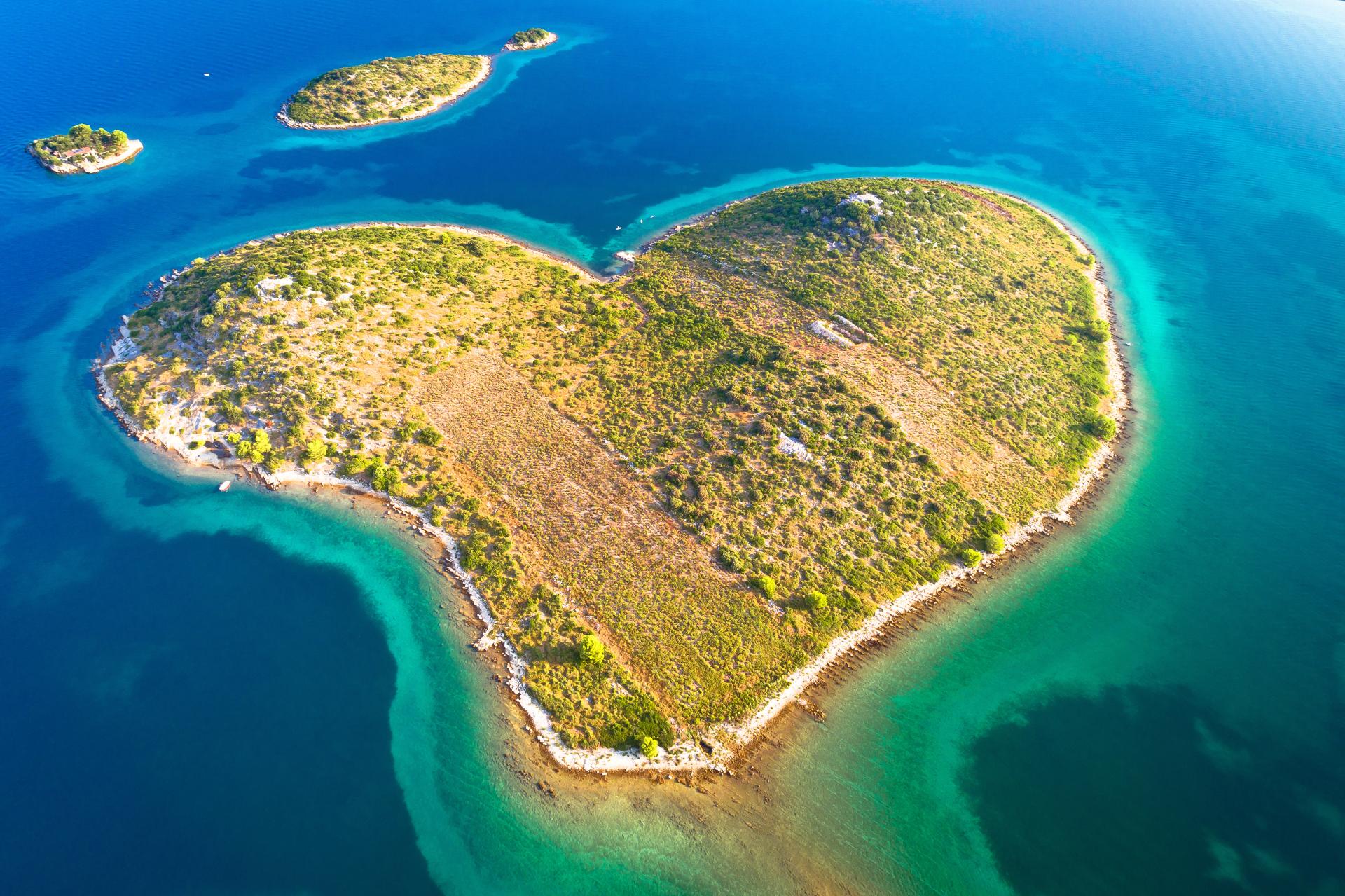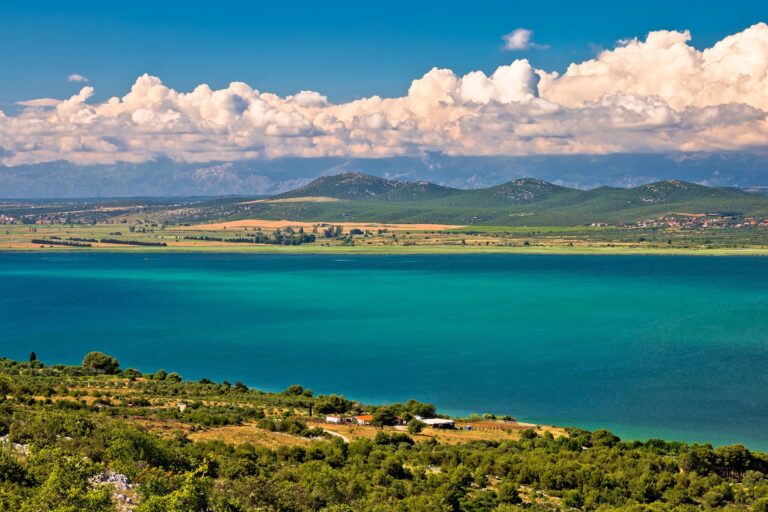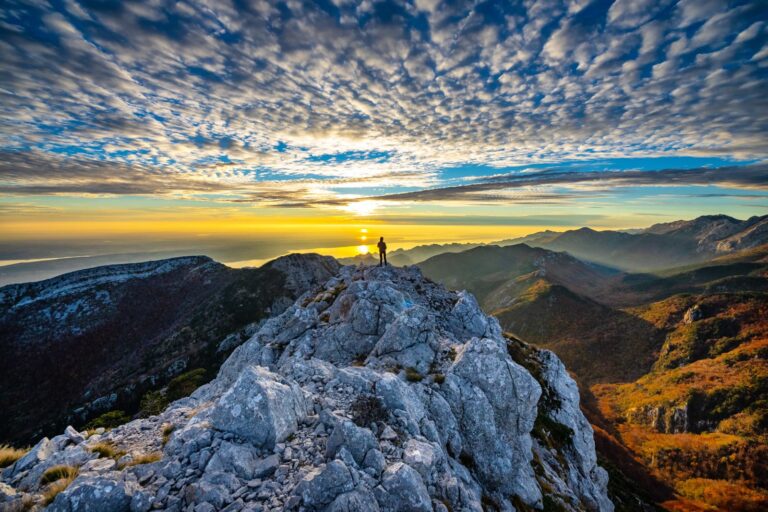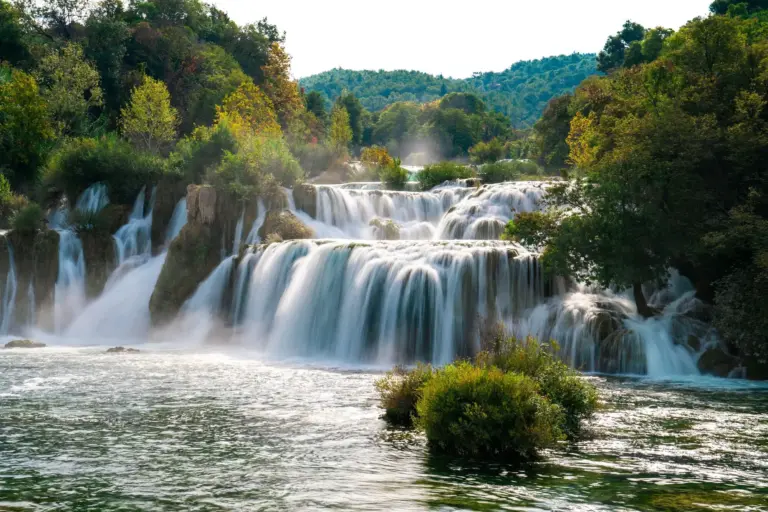🐬🐠🌅
The National Park was designated in 1980 and placed under protection at that time. The total area of the park is approximately 220 km² and consists of 89 islands, islets, and cliffs. Of the park’s surface, only about 1/4 is land, while the remaining part constitutes a marine ecosystem. It abounds in natural and cultural uniqueness. The vertical cliffs crowning the Kornati Islands, facing the open sea, are the most popular phenomenon of this park. They also serve as habitats for rare species. On the other hand, the world beneath the surface of the Kornati sea reveals some other astonishing stories. It’s worth noting that the terrestrial part of the Park is privately owned.
The Kornati Islands is meteorologically located between two quite different areas: the northern Adriatic which is under the influence of Genua depressions in spring and autumn, and the southern Adriatic which is under a strong influence of the subtropical high pressure belt during the summer. Because of its comparatively small area and low elevation, the whole area of the Kornati has almost the same climate. Due to the scarcity of land vegetation, dew is usually abundant and somewhat replaces rain.



